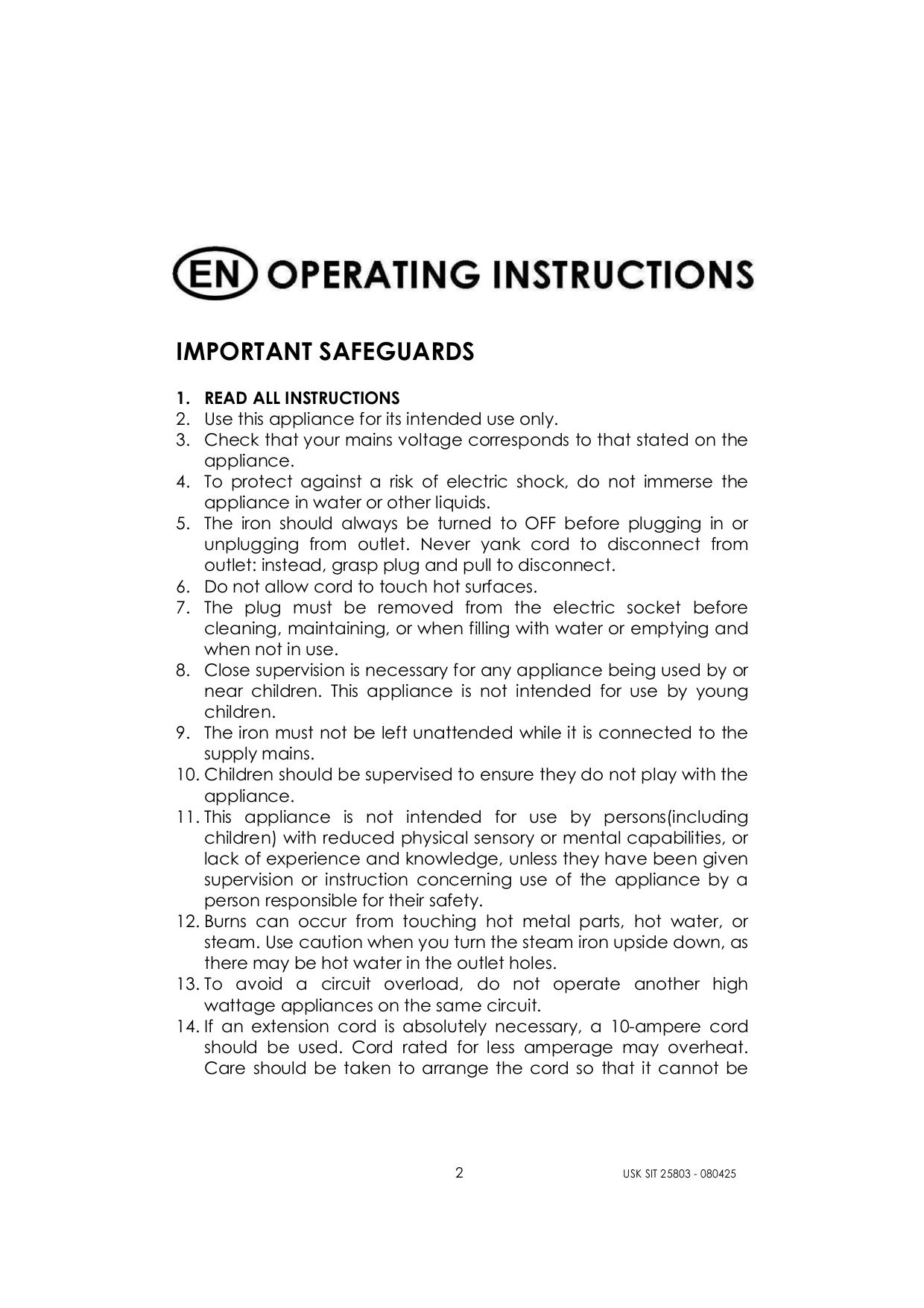Gost V 25803 Pdf
GOST and GOST R are the national standards of the Russian Federation and CIS countries. Postavschik kriptografii dlya zakritogo klyucha. Our collection includes all active GOST and GOST R standards as well as the major part of cancelled and superseded GOST standards. All GOST standards are available in Russian language originals and translated English versions. We guarantee that GOST standards at our site are most current and incorporate all revisions and amendments. You can order any GOST standard in our store.
Please use the document search field in the left upper corner of the page. Brief on Russian standardisation system In Russia several types of technical standards are used: national standards (GOST R), interstate standards (GOST) and other standards (OST, TU, etc.). The national and interstate standards have designations GOST R or GOST plus a numeric designator, consisting of a serial number and a year the standard becomes effective.
GOST is an acronym for 'GOsudarstvennyi STandart', which means 'state standard.' At present, the collection of GOST standards includes over 40,000 titles used extensively in conformity assessment activities in 12 countries (Russia, Belarus, Ukraine, Kazakhstan, etc.).

May 31, 2018 - C. The United States Supreme Court's judgment in Rasul v. Human Rights Watch – List of “Ghost Prisoners” Possibly in CIA. The Army Field Manual. 25803/94, §§ 13-24, ECHR 1999-V; Jalloh v.
We report on the fabrication and measurement of devices designed to study the electrochemical behavior of individual monolayer graphene sheets as electrodes. We have examined both mechanically exfoliated and chemical vapor deposited (CVD) graphene. The effective device areas, determined from cyclic voltammetric measurements, show good agreement with the geometric area of the graphene sheets, indicating that the redox reactions occur on clean graphene surfaces.
The electron transfer rates of ferrocenemethanol at both types of graphene electrodes were found to be more than 10-fold faster than at the basal plane of bulk graphite, which we ascribe to corrugations in the graphene sheets. We further describe an electrochemical investigation of adsorptive phenomena on graphene surfaces. Our results show that electrochemistry can provide a powerful means of investigating the interactions between molecules and the surfaces of graphene sheets as electrodes.